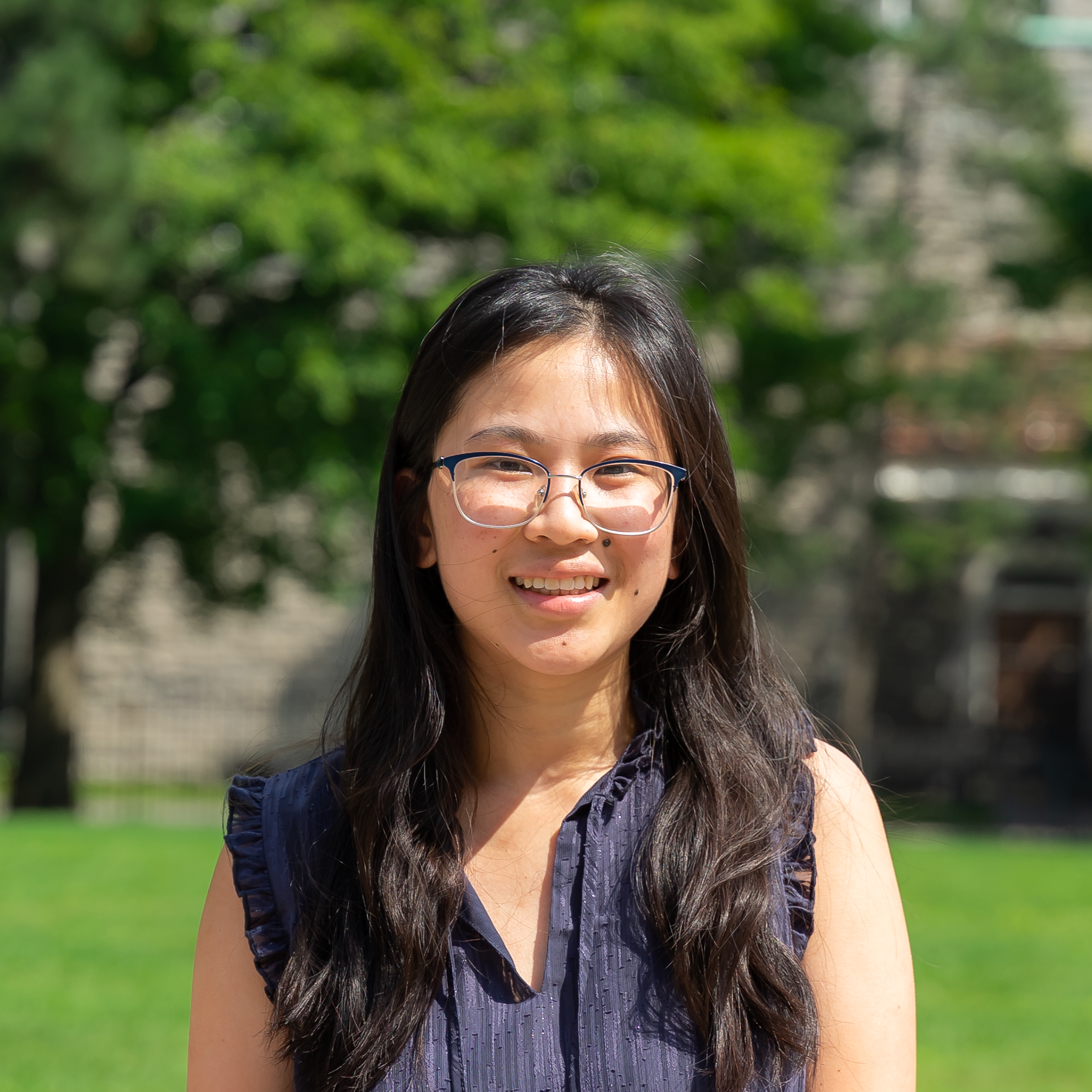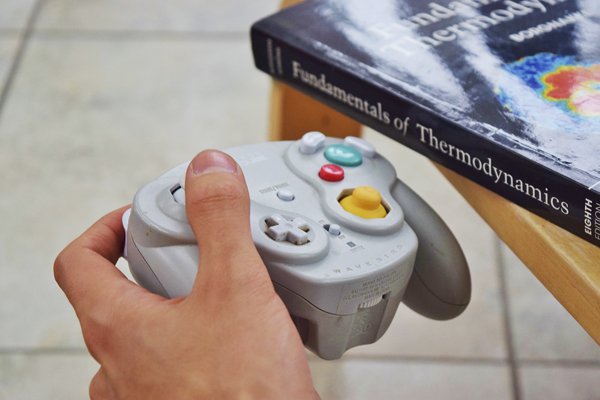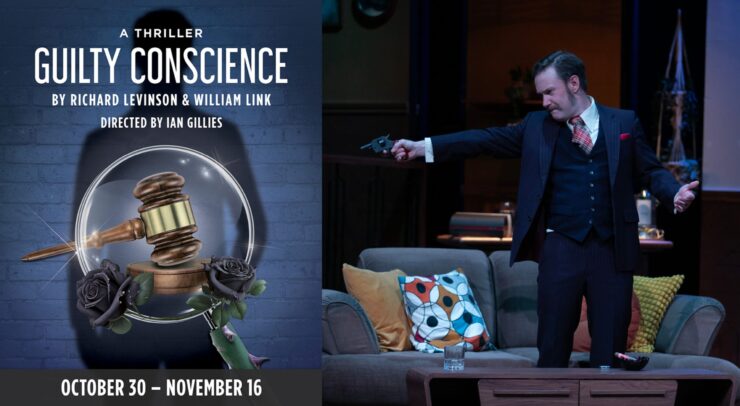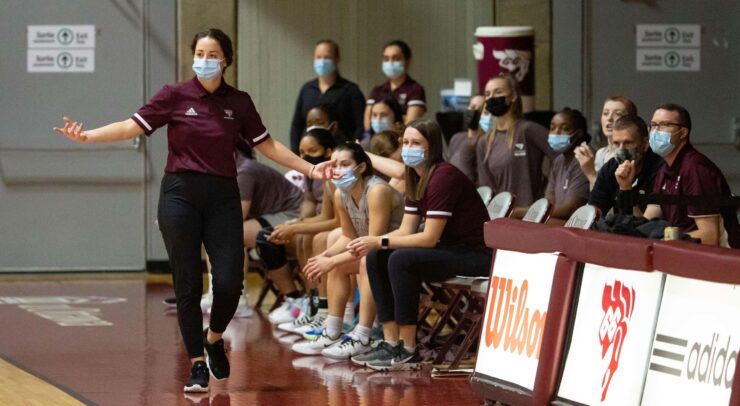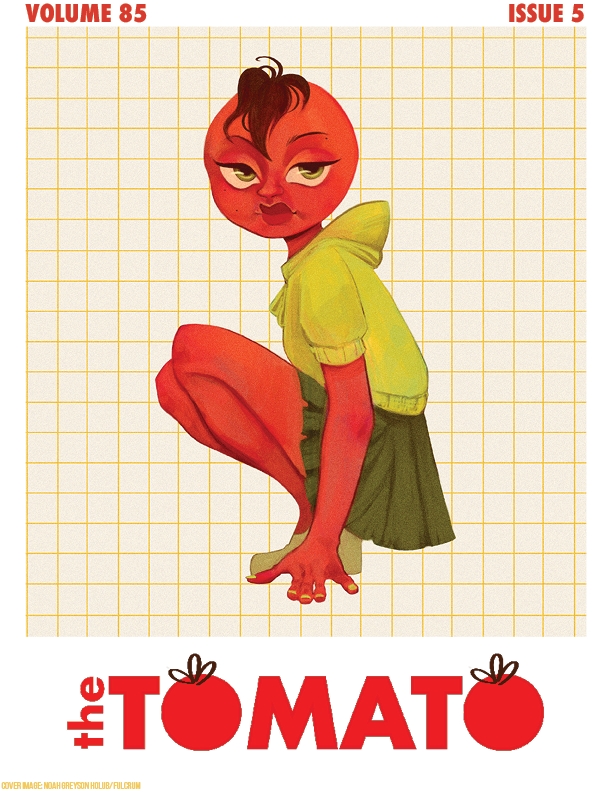BEST OF BOTH WORLDS
Topics related to science and art are rarely discussed in conjunction with one another. For students who have passions in both fields and who might be struggling to find a balance between the two, look no further than a career in scientific illustration, where you truly can have the best of both worlds.
Julius Csotonyi and Juliana Spahr are both scientific illustrators who were able to merge their two passions into a career. After I sat down with both artists, I learned there’s a lot that art can offer the sciences in terms of outreach and enjoyment as a whole. As someone who truly loves learning, it’s exciting to know that art can be the driving force to draw all types of people to the world of science.
What is scientific illustration?
According to Spahr, scientific illustration broadly refers to scientifically accurate drawings, paintings, or depictions of organisms or scientific concepts. There are a number of sub-categories such as botanical, medical, biological, or paleo, each of which focus on specific topics related to plants, animals, medicine, etc. However, most artists are able to dabble in any category.
Spahr’s work focuses more on the anatomy and physiology of animals, rather than humans. Csotonyi’s work, on the other hand, involves reconstructing prehistoric ecosystems or organisms in addition to working on projects about existing animals and plants.
A look at their pathways to becoming scientific illustrators
After Spahr completed her degree in art history and environmental studies, she found an old anatomy and physiology textbook in her town’s garbage dump. Feeling inspired, she went home and began working on a drawing project of the human brain which comprised all the different aspects of the Gyri and Sulci.
“This all got me so excited, that I started speaking to scientific illustrators who didn’t have a master’s degree in scientific illustration who were older. And it sounded like they had really struggled for their whole life to find a way to pay for their fascination with illustrating science. And that sort of scared me.”
Later, Spahr found a master’s program at the Zuyd University of Applied Sciences in the Netherlands. What’s unique about this school is that it focuses on the broader scientific illustration domain, rather than only medical. At the end of her program, she was able to complete a master’s thesis on Scandinavian brown bears.
For Csotonyi, however, his pathway to scientific illustration is completely different. In addition to having a career in the arts, he has both a master’s degree in ecology and a PhD in microbiology. Throughout his degrees, he worked on his art and built up his portfolio.
While he isn’t as active in the scientific community anymore, “it allowed me to expand into the [illustration] field while I was already pursuing a planned career in sciences. I found that it was more rewarding in some ways, than to continue along in science. Being able to take advantage of this bridge between art and science and use it as scientific and educational outreach is really important,” said Csotonyi.
Rather than pursue a traditional path similar to Spahrs, Csotonyi explained his training in art was acquired mostly by himself, “through years of practice and observation of other artists. Paying close attention to the details in the natural world. I did take one introductory art course in university, which was a lot of fun but, the majority of my techniques I developed along the way from before and a lot of them I’m still developing now.”
A day in the life
According to Spahr, her days vary greatly depending on which types of projects she’s working on. However, a typical day begins with a few meetings with scientists or clients to coordinate exactly what sort of work they’re looking for and establish a target audience, sorting out prices, writing contracts, etc.
On the days she isn’t occupied by paperwork, she “might be doing an illustration about how to place bio loggers in moose, or drawing life cycles of different animals for different science centres, or you know, the order of raptors, meaning the phylogenetic tree of different raptor species,” said Spahr.
More recently, Cstonyi has been working “with a lot of paleontologists, exhibit designers for museums, book publishers, even the Royal Canadian Mint. To reconstruct these organisms. The majority of the time I am painting or drawing either digitally or on traditional media. Most of the time it’s digital artwork so I spend hours and hours sitting at the computer.”
Their advice for those looking to pursue science illustration as a career
When asked about advice for future illustrators, Cstonyi responded,“If you want to do this, you really have to be okay with investing all of your time into it. Yes, I can work from home, and that gives me some options. But it does require an enormous investment in time and effort. I often get very little sleep, especially towards the end of a project, and it can be just grueling. If you don’t absolutely love it, it’s not going to last very long.”
He also stressed the importance of connecting with scientists in any way, because forming those ties with the scientific community is key to building your contacts and roster of projects. According to Cstonyi, the field has become much more competitive as more people enter it, and as a result, it would be wise to have a backup or a side career for additional sources of income.
On the other hand, “from my experience, I think having a master’s in scientific illustration is hugely beneficial in terms of the clout that you wield with various clients and being able to reach out and introduce yourself as a professional scientific illustrator. Coming from this background of anatomical accuracy and scientific rigor is really necessary for understanding my illustrations,” added Spahr.
Spahr’s and Cstonyi’s pathways to this field may differ, however, they both agree they wouldn’t have it any other way. Their work truly excites them and gives them the space to wholeheartedly love what they do.
For more information about both Spahr’s and Cstonyi’s work, you can visit their websites.


